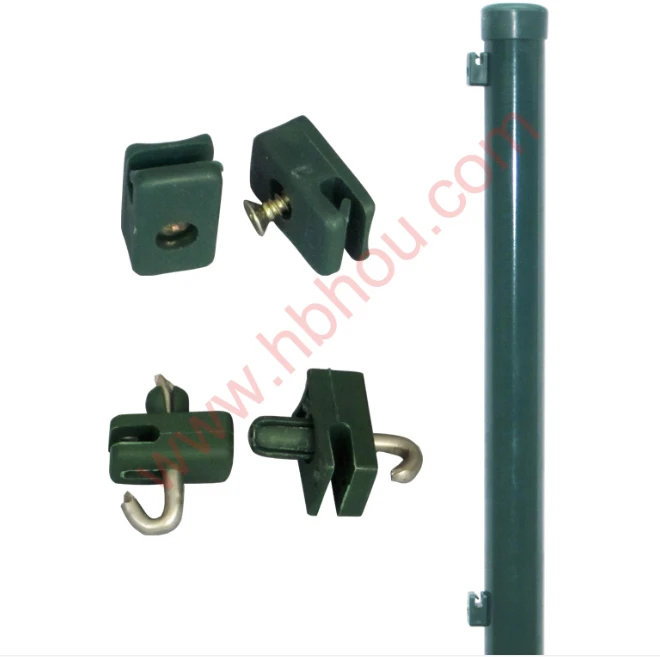Setting Up a Snow Fence A Guide to Winter Preparedness
As winter approaches and snow begins to blanket the landscape, one concern many homeowners face is managing snow accumulation around their properties. A snow fence can be an effective solution to control drifting snow and protect your driveway, walkways, and other crucial areas from becoming buried under a hefty layer of snow. Here’s a comprehensive guide to setting up a snow fence that will help you prepare for the winter months ahead.
Understanding Snow Fences
A snow fence is a barrier, typically made of wood or synthetic materials, designed to control drifting snow. When properly installed, it reduces snow accumulation in undesirable areas by redirecting the wind and allowing for better snow deposition in designated areas. This proactive measure not only makes your winter environment more manageable but also enhances safety by keeping pathways clear.
Choosing the Right Location
The effectiveness of a snow fence largely depends on its location. Ideally, you should install the fence at a distance of about 35 to 50 times its height from areas you want to protect, such as driveways or pathways. If your fence is 4 feet tall, for instance, placing it 140 to 200 feet away will yield the best results. This distance allows the snow to drift naturally around your property instead of piling up where it’s not wanted.
Fence Height and Material
setting up a snow fence

When selecting the height of your snow fence, consider local snowfall patterns. In areas with heavy snowfall, fences should be taller to better intercept the wind. A typical height ranges from 4 to 8 feet. Materials for snow fences vary; wooden fences are traditional and effective, while slatted vinyl or polyethylene fences offer durability and resistance to harsh weather. Whichever material you choose, ensure it can withstand the wind and heavy snow loads.
Installation Tips
1. Level Ground Before setting up, ensure the area is level. Uneven ground could affect how well the fence performs. 2. Secure Foundations Post stability is crucial; consider digging holes about 2 feet deep for the fence posts and using concrete for added strength.
3. Positioning Angle For optimal performance, angle the snow fence slightly away from the area you wish to protect. This setup allows drifting to occur more effectively.
4. Regular Maintenance Throughout the winter, check the fence for any damage caused by heavy snow or wind. Repairing any issues promptly will ensure its longevity and efficacy.
In conclusion, setting up a snow fence can significantly improve winter navigation around your property. By choosing the right location, height, materials, and ensuring proper maintenance, your snow fence will help manage snow accumulation effectively, keeping your home safe and accessible throughout the season. Embrace winter with confidence knowing your property is well-prepared!
















